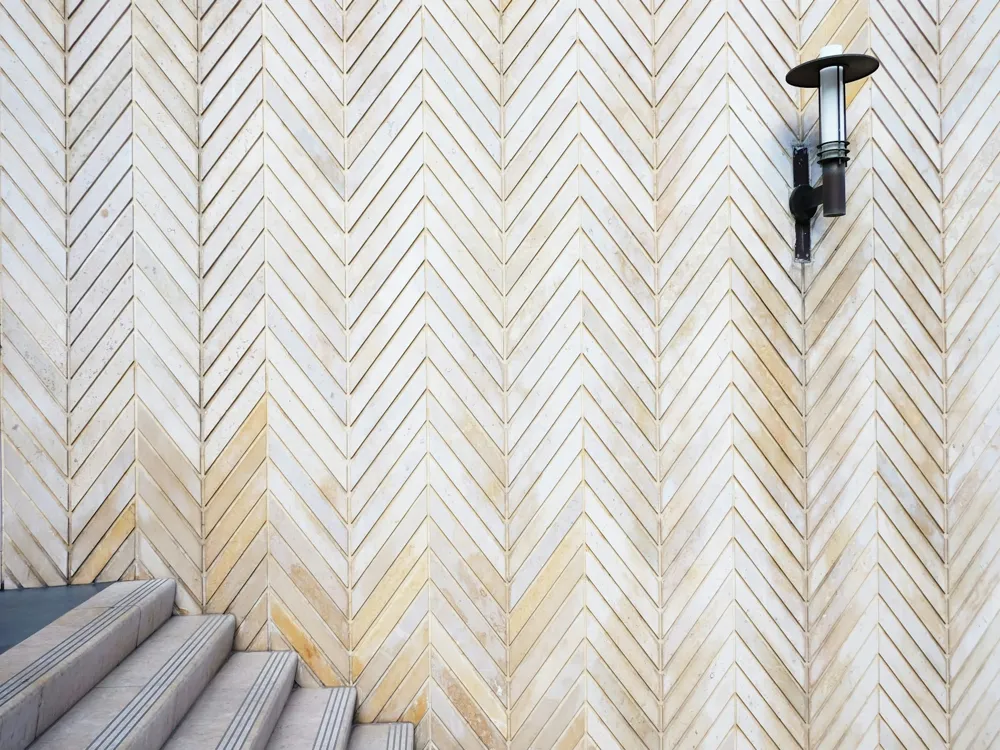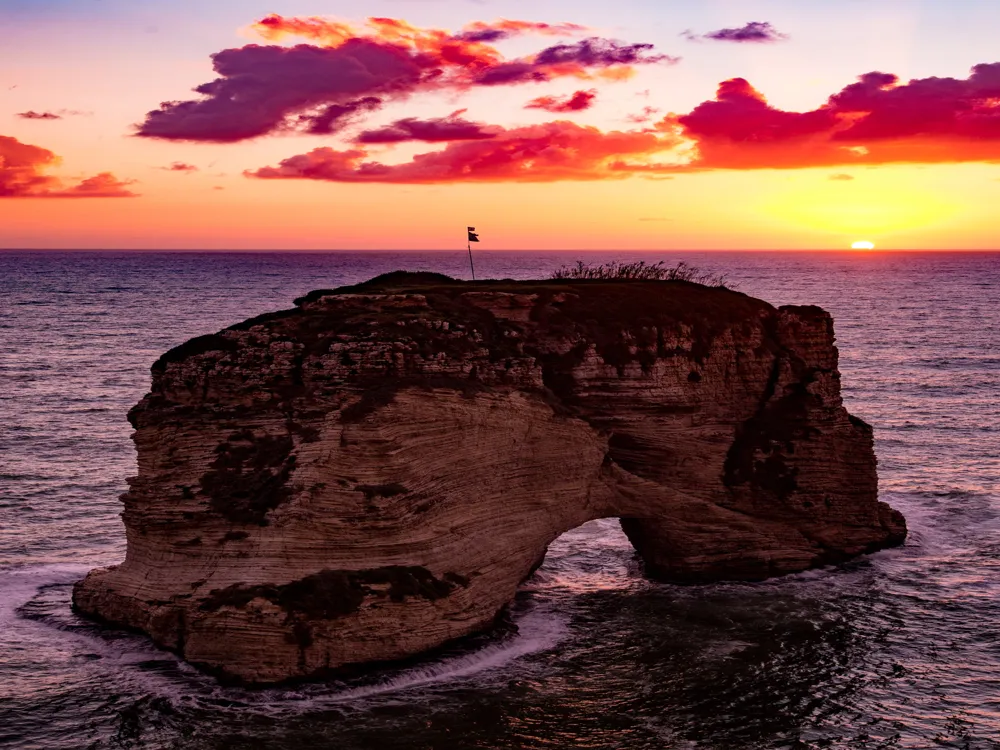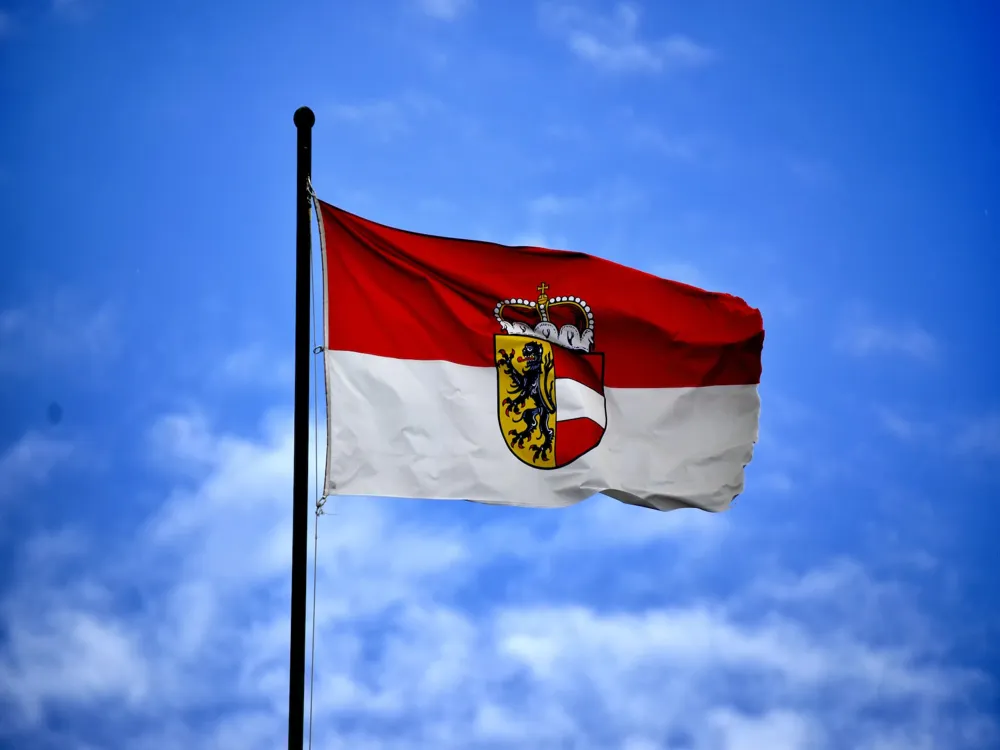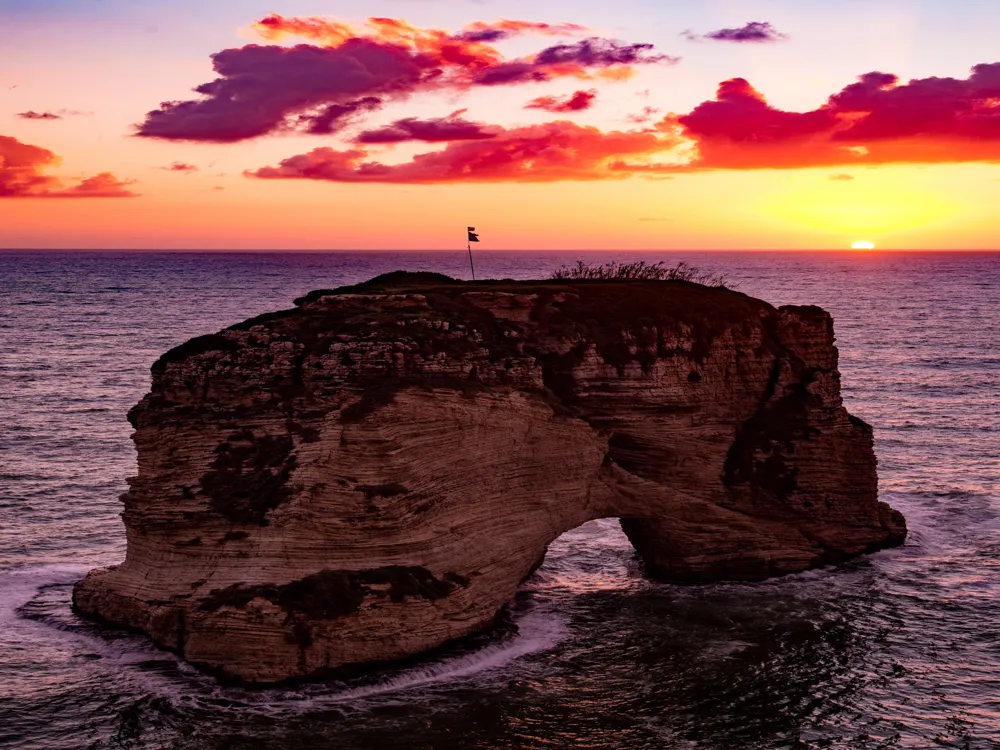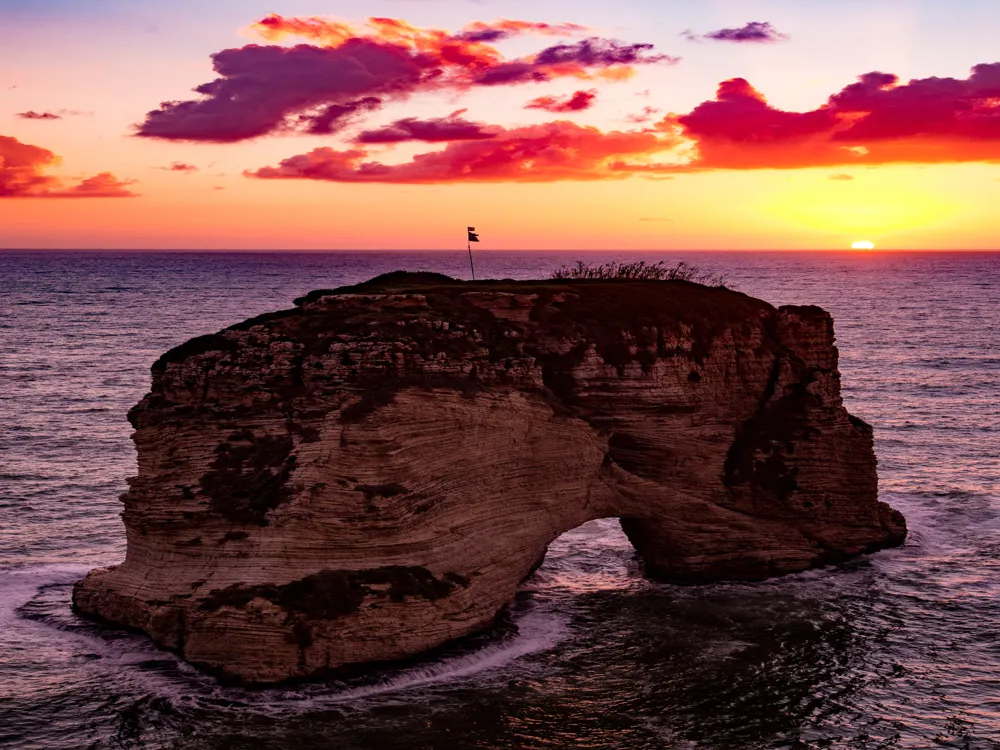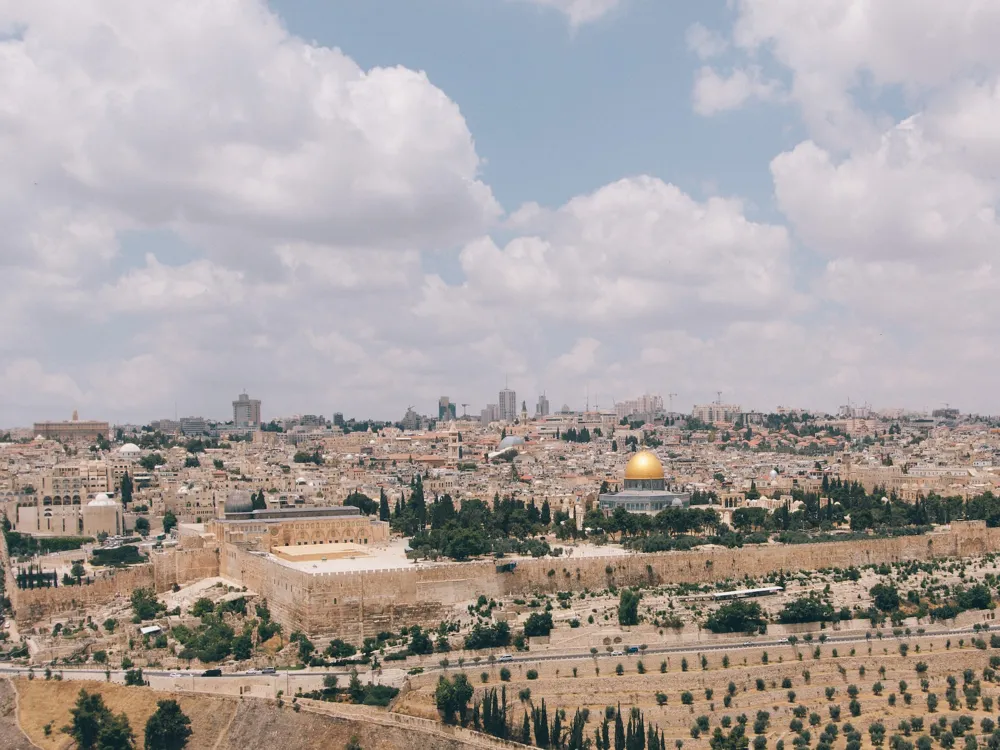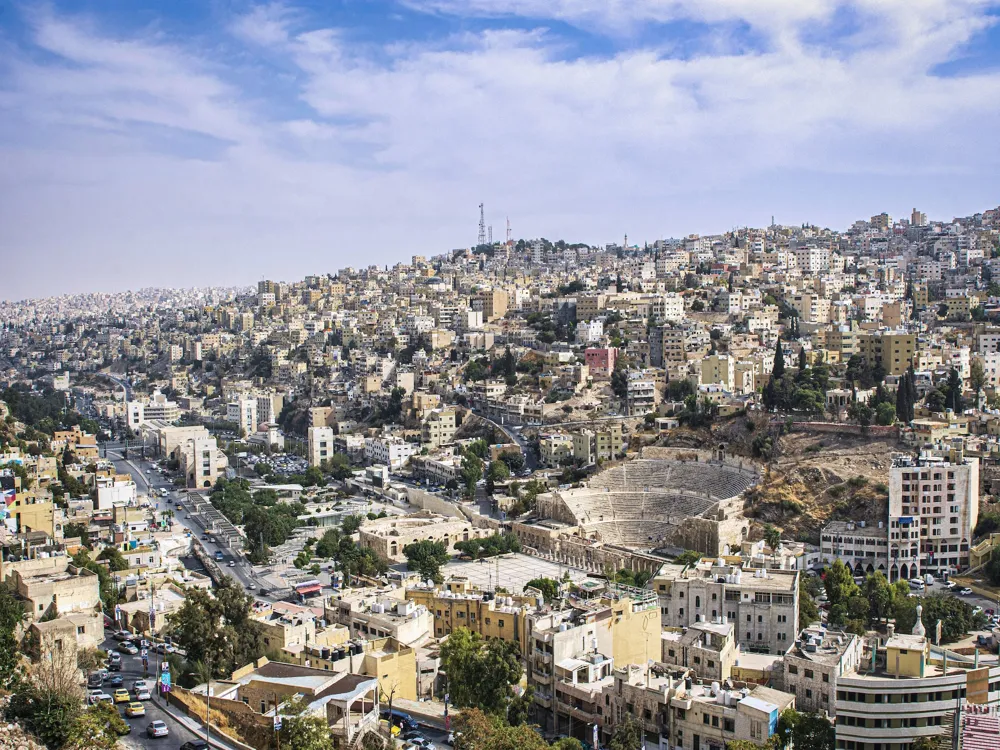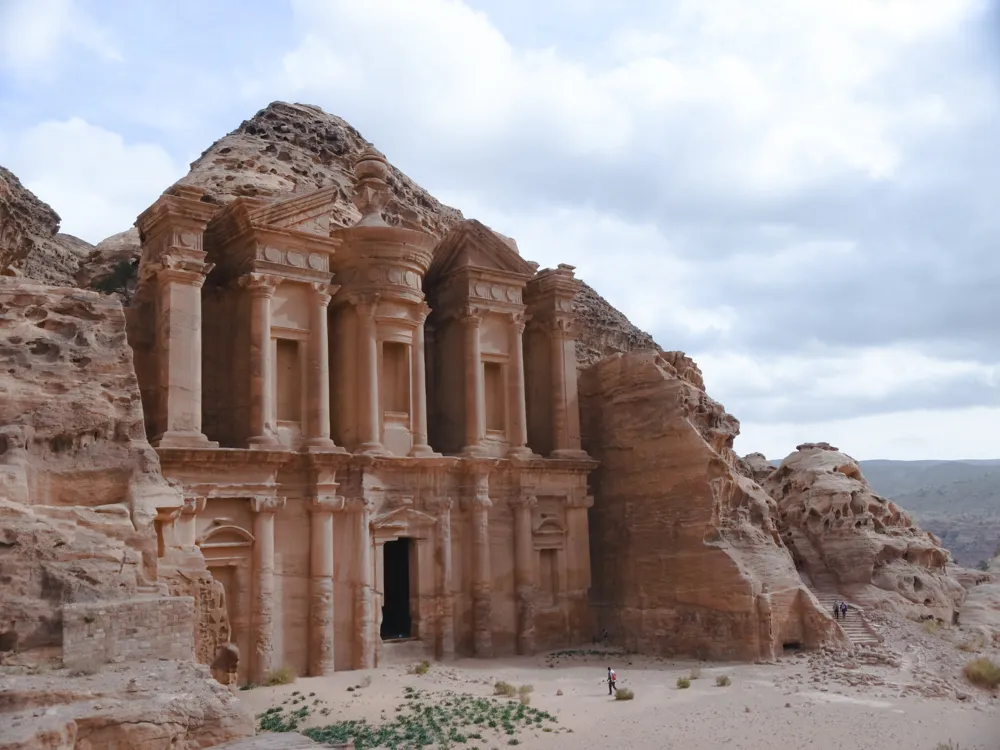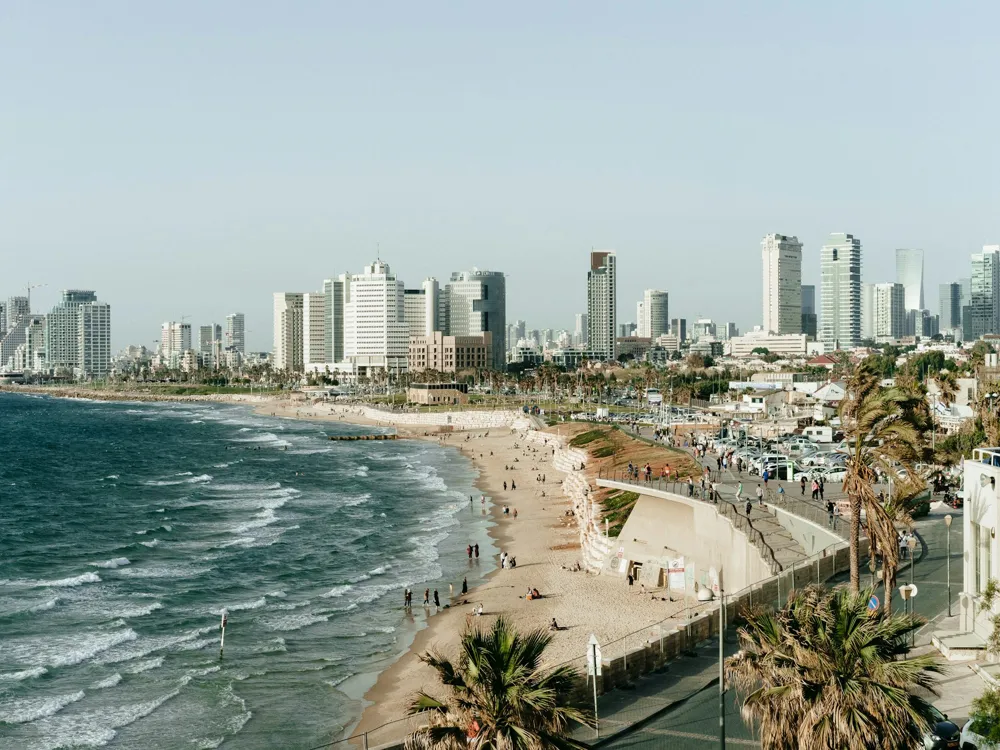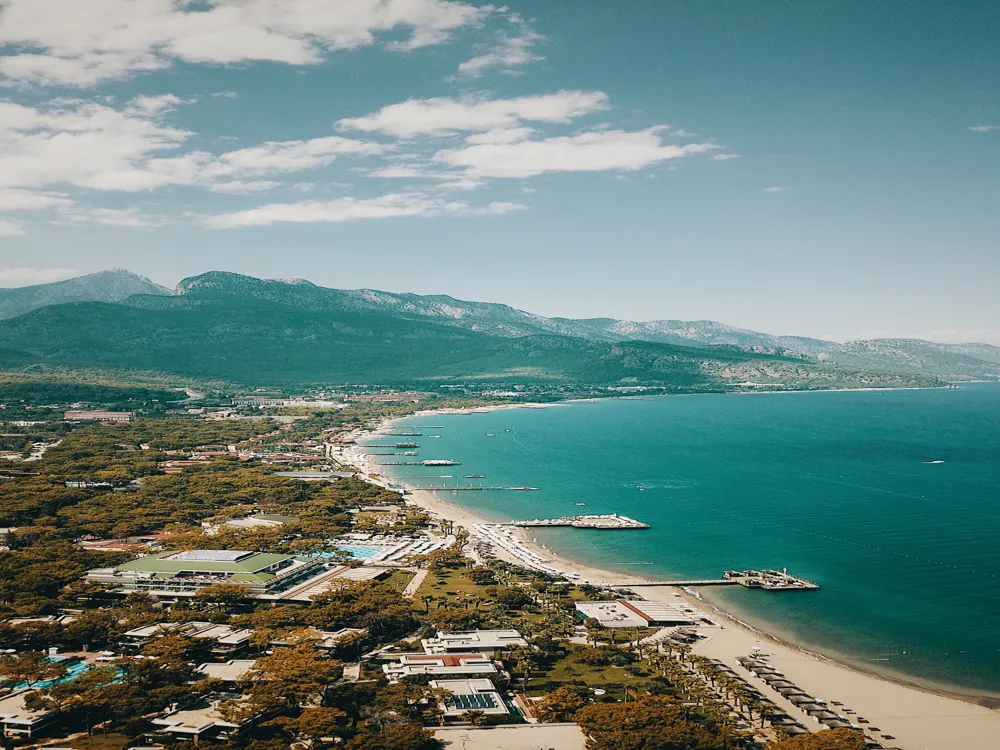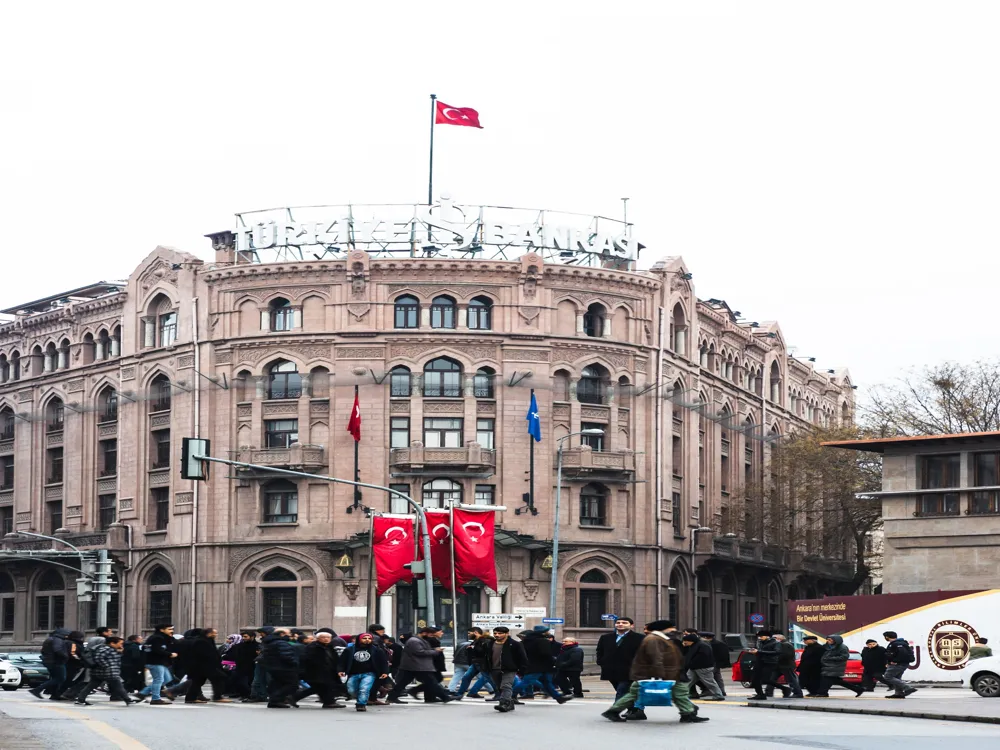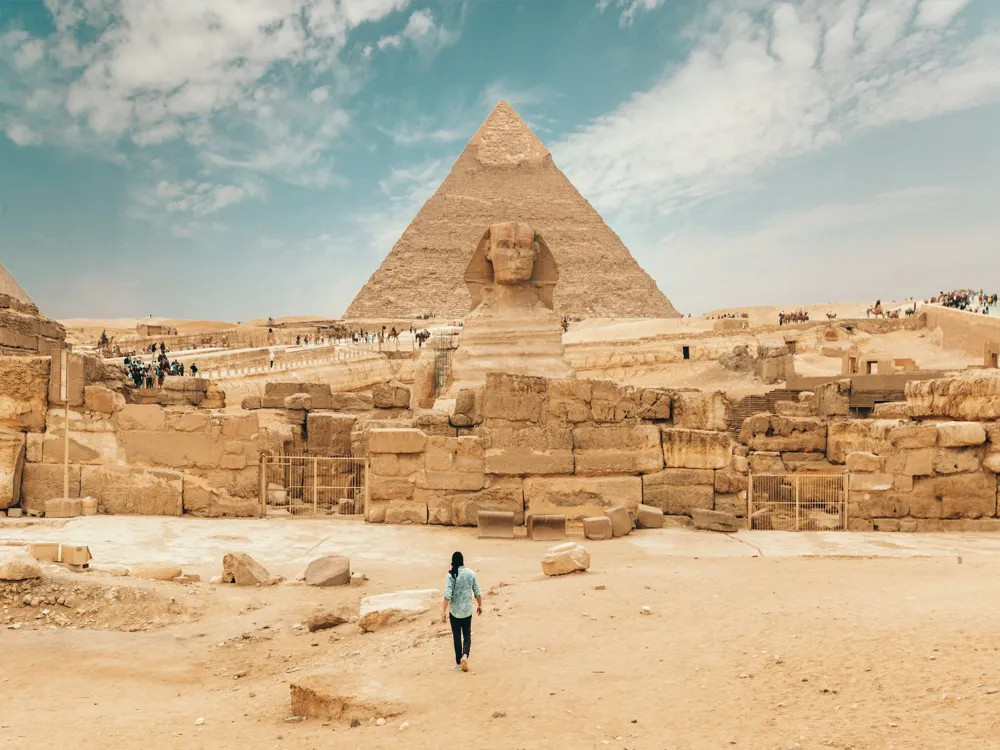Welcome to the heart of Lebanon, Downtown Beirut! This bustling metropolis is not just the country's capital, but also a vibrant blend of history, culture, and modernity. Downtown Beirut, also known as Beirut Central District or Centre Ville, is a symbol of resilience and rebirth. Over the years, it has witnessed a remarkable transformation from a war-torn area to a gleaming example of urban development. Here, ancient ruins coexist with contemporary architecture, making it a unique destination for travelers from all corners of the world. Downtown Beirut is a melting pot of various cultures and eras, each leaving its distinct mark on the cityscape. The area is renowned for its historical landmarks, including the Roman Baths, the Grand Serail, and the famous Martyrs' Square. In addition, the district is a hub for luxury shopping, gourmet dining, and vibrant nightlife. Its beautifully restored streets and buildings reflect a rich historical tapestry that dates back over 5,000 years. Downtown Beirut is not just a place; it's an experience. It's where the true essence of Lebanese culture comes to life. From traditional coffee shops to modern art galleries, the district is a perfect blend of the old and the new. The area's cultural significance is further highlighted by various festivals and events held throughout the year, attracting locals and tourists alike. The architecture of Downtown Beirut is a testimony to its rich history and rapid modernization. The area is a fascinating amalgam of different architectural styles, ranging from Ottoman and French Mandate to contemporary designs. Each building and street tells a story of Beirut’s diverse past and its aspirations for the future. In Downtown Beirut, ancient Roman ruins sit alongside French colonial buildings and modern skyscrapers. The area has been meticulously restored post-civil war, preserving its historical essence while embracing modernity. Notable buildings include the Mohammad Al-Amin Mosque, with its stunning blue dome, and the Beirut Souks, a modern shopping area that maintains traditional Lebanese architectural elements. Every corner of Downtown Beirut is imbued with symbolism. The area's buildings reflect the city's turbulent history, its cultural diversity, and its resilience. The Roman Baths, for example, represent Beirut's ancient roots, while the Beirut Terraces stand as a symbol of its modern aspirations. This blend of old and new gives the city its unique character and charm. The best time to visit Downtown Beirut is in the spring (April to June) or fall (September to November) when the weather is pleasant, and the city is less crowded. Lebanese people are known for their hospitality. It's customary to greet with a friendly 'Marhaba' (Hello). Dressing conservatively is recommended, especially when visiting religious sites. Downtown Beirut is a food lover's paradise. Don't miss out on traditional Lebanese dishes like Hummus, Tabouleh, and Shawarma. Enjoying a meal at one of the outdoor cafes in the area is a must. Downtown Beirut is easily accessible by various modes of transportation. The most common way to get there is by taxi or car. The area is also well-connected by public transport, including buses and shared taxis known as 'service'. For international visitors, Beirut-Rafic Hariri International Airport is the main gateway to Lebanon. From the airport, Downtown Beirut is just a short drive away. Public transportation, while available, may be a bit challenging for newcomers, so taxis or ride-sharing apps are recommended for convenience. Visiting Downtown Beirut offers a unique glimpse into the heart and soul of Lebanon. Its rich history, diverse culture, and modern vibes make it an unmissable destination. Whether you're exploring its historic sites, indulging in Lebanese cuisine, or simply soaking in the city's vibrant atmosphere, Downtown Beirut promises an unforgettable experience. Read More:Overview of Downtown Beirut
Detailed Exploration of Downtown Beirut
The Heart of Lebanese Culture
Architecture of Downtown Beirut
Historical and Modern Architectural Blend
The Symbolism in Beirut's Buildings
Tips When Visiting Downtown Beirut
Best Time to Visit
Local Etiquette and Customs
Exploring the Local Cuisine
How To Reach Downtown Beirut
Convenient Access and Transportation
Final Thoughts
Downtown, Beirut
Beirut
NaN onwards
View beirut Packages
Weather :
Tags : Commercial Street
Timings : Anytime
Entry Fee : Free
Planning a Trip? Ask Your Question
Beirut Travel Packages
View All Packages For Beirut
Top Hotel Collections for Beirut

Private Pool

Luxury Hotels

5-Star Hotels

Pet Friendly
Top Hotels Near Beirut
Other Top Ranking Places In Beirut
View All Places To Visit In beirut
View beirut Packages
Weather :
Tags : Commercial Street
Timings : Anytime
Entry Fee : Free
Planning a Trip? Ask Your Question
Beirut Travel Packages
View All Packages For Beirut
Top Hotel Collections for Beirut

Private Pool

Luxury Hotels

5-Star Hotels

Pet Friendly


